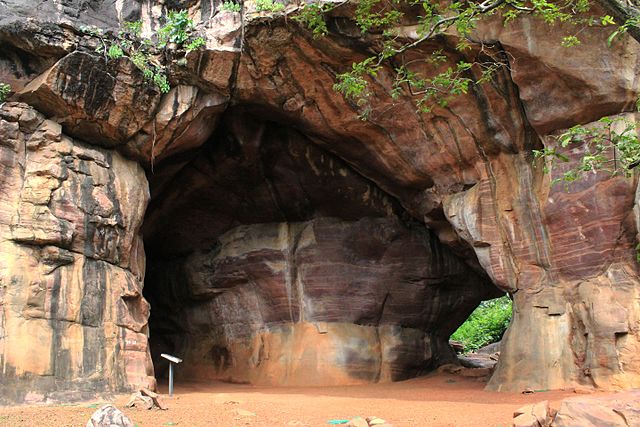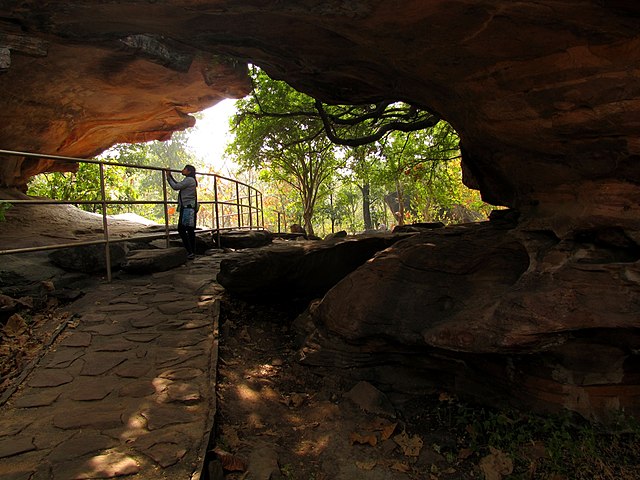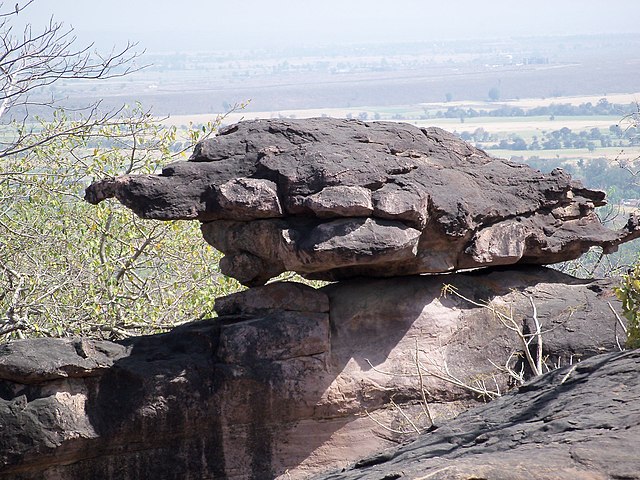Visitor’s Guide
About City
Bhopal, Capital of Madhya Pradesh combines scenic beauty of Lake. The place named after the Raja Bhoj “Bhojpal”. Bhopal has Lakes, sites & climate which will blow your mind. It is located in the northwestern part of the state of Madhya Pradesh, in the central region of India. There are two man-made lakes at the center of the city plus lot of other small lakes and that is the reason why it is also known as “The city of Lakes”.There is a saying in Bhopal that those who visit the city once will always return. Bhopal city is also famous for its mosques.
Bhopal, is a fusion of scenic beauty, old historic city. Bhopal, is divided as; Old Bhopal and New Bhopal. Bhopal is One of the greenest cities of India, it has wide, clean, well-lit roads lined with fiery, tall Gulmohar trees. Bhopal is known for its exquisite manners and high culture. To this day, shairis and poetry recitals are as popular in Bhopal as in movies. Typical Bhopalis, residing in the old city, are known for their nafasat, Bhopal is a growing city of India with educated manpower with technological skills and English language skills in abundance.

History of Bhopal
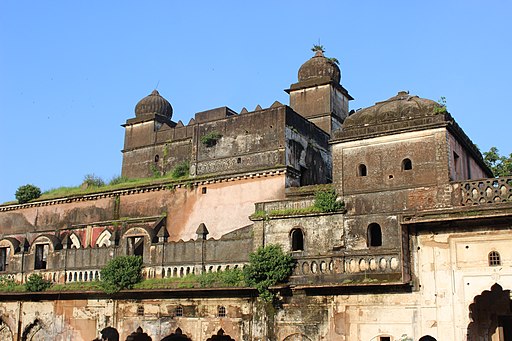
History of Bhopal goes way back to the 11th Century , founded by King Bhojpal, the present city was established by an Afghan soldier, Dost Mohammed (mid 40’s of the 17th Century. He escaped from Delhi after Aurangzeb’s death. The city was capital of the former princely state of Bhopal founded in 1723, which became allied to Britain in 1817. It was merged with Madhya Pradesh in 1956.
| Area | : 2,772 sq.km |
| Population | : 13,50,302 |
| STD Code | : 0755 |
| Best Season | : October to March |
| State | : Madhya Pradesh |
Bhopal, the Capital of Madhya Pradesh
Bhopal, the capital of Madhya Pradesh, is a fascinating amalgam of scenic beauty, old historic city and modern urban planning. It is the 11th century city Bhojpal, founded by Raja Bhoj, but the present city was established by an Afghan soldier, Dost Mohammed (1707-1740). His descendants build Bhopal into a beautiful city.
Bhopal, the city of Lakes
The two lakes of Bhopal still dominate the city, and are indeed its nucleus. Bordered along their shores stand silent sentinels that testify to the growth of the city. Bhopal today presents a multi-faceted profile; the old city with its marketplaces and fine old mosques and palaces still bears the aristocratic imprint of its former rulers, among them the succession of powerful Begums who ruled Bhopal from 1819 to 1926. Equally impressive is the new city with its verdant, exquisitely laid out parks and gardens, broad avenues and streamlined modern edifices. It is greener and cleaner than most cities in the country.
Few state capitals in India have a history as eventful as Bhopal. The city of Bhopal has witnessed many changes since it was found by the Afghan soldier Dost Mohammed in the year 1708. The city has been through many phases, gentle as well as turbulent, prosperous as well as disastrous. Bhopal has been a city in which one finds traces of cultures as different as those of Buddhists, Hindus, Moguals and Afghans, all of which have been blended to perfection, providing Bhopal a distinct identity.
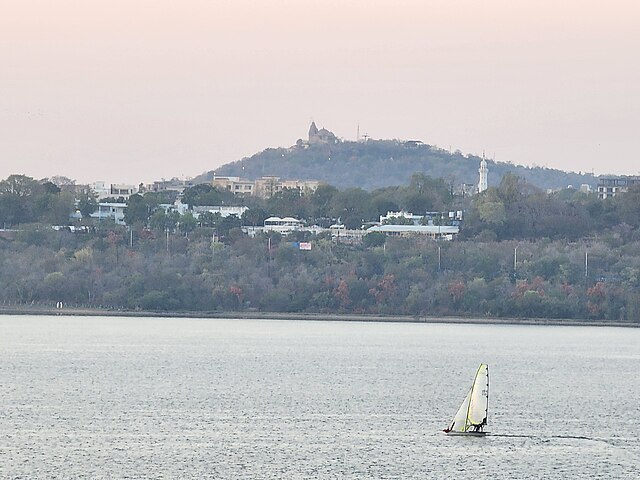
Bhopal, the Dynasties that ruled
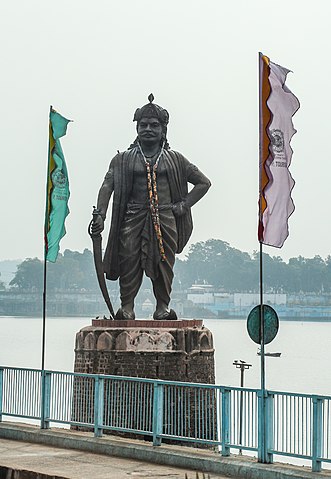
Several dynasties have left their mark on the city. The antediluvian remains of the forts built by the Rajputs, Afghans and the Moguls silently speak of the battles, victories and failures of the past era. These icons are testimony to the grandeur of past and provide a marvelous treat to the eyes. Even by seeing the remains of the city one can have the glimpse of different cultures which existed in the past . Bhopal today is the seat of administration of the state . It carries the abstruseness, the discord, the charm and the dynamism of a city where the past coexists in harmony with the present.
Many kings have ruled here and enriched the character of the city. Visiting the city is an immensely fascinating and rewarding experience . Today Bhopal has blossomed into a city which in spite of being modern upholds the patrician mark of its bygone rulers. The city provides a fascinating blend of scenic beauty with its lakes, parks, temples, mosques, gardens , museums, statues and buildings.
Food
Bhopali dishes and food in Bhopal are comparatively mild , less spicy and unique in taste. Local and individual variations of various popular snacks and foods can be found selling around the city. Bhopali food has a large variety of non-vegetarian dishes , some of which include Bhopali Murgh Rezala , Paneer Rezala , Bhopali Gosht Korma , Murgh Hara Masala Rice , Murgh Nizami etc.
The bus station, the railway station, and the areas surrounding them are replete with stalls serving low-budget food. Restaurants and hotels around Hamidia Road are known for quality foodstuff. Travelers can enjoy Indian, Chinese and fast food in most eating places in Bhopal city.
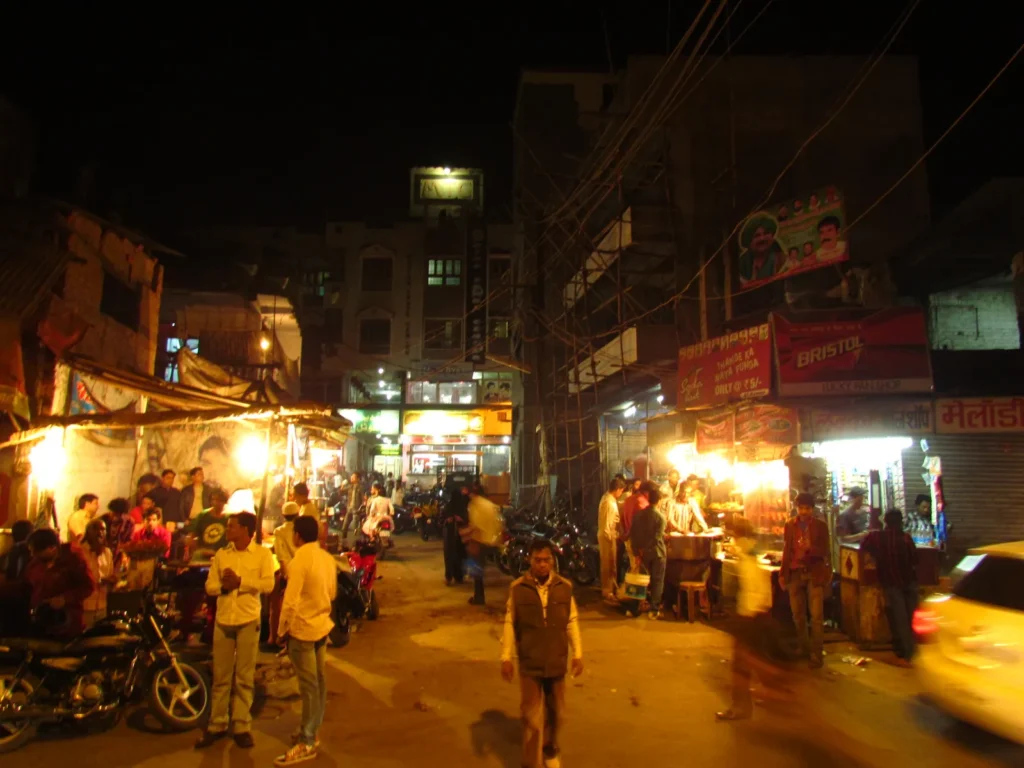
Culture
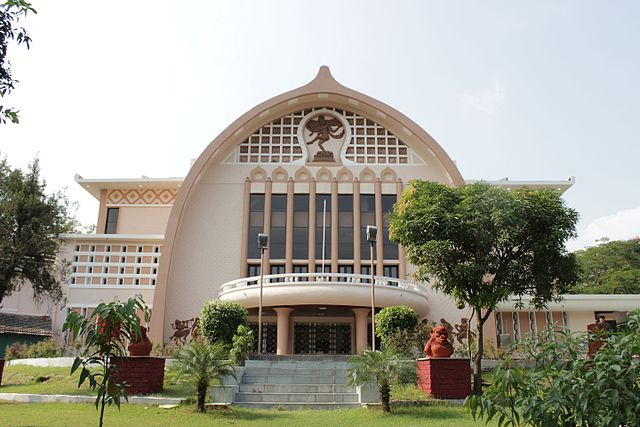
Bhopali dishes and food in Bhopal are comparatively mild , less spicy and unique in taste. Local and individual variations of various popular snacks and foods can be found selling around the city. Bhopali food has a large variety of non-vegetarian dishes , some of which include Bhopali Murgh Rezala , Paneer Rezala , Bhopali Gosht Korma , Murgh Hara Masala Rice , Murgh Nizami etc.
The bus station, the railway station, and the areas surrounding them are replete with stalls serving low-budget food. Restaurants and hotels around Hamidia Road are known for quality foodstuff. Travelers can enjoy Indian, Chinese and fast food in most eating places in Bhopal city.
Climate
Climate :- The climate is moderate in Bhopal. The summers are hot and winters cold. But it does not face extreme weather conditions. It rains moderately during rainy season. The weather is pleasant throughout the year.
Temperature Variations
| Summer season (April to June) | 33 to 44 °C |
| Rainy season (July to September) | 25 to 35 °C |
| Winter season (December to January) | 7 to 18 °C |
| Autumn (October to November) | 20 to 28 °C |
| Spring season (February to March) | 20 to 28 °C |
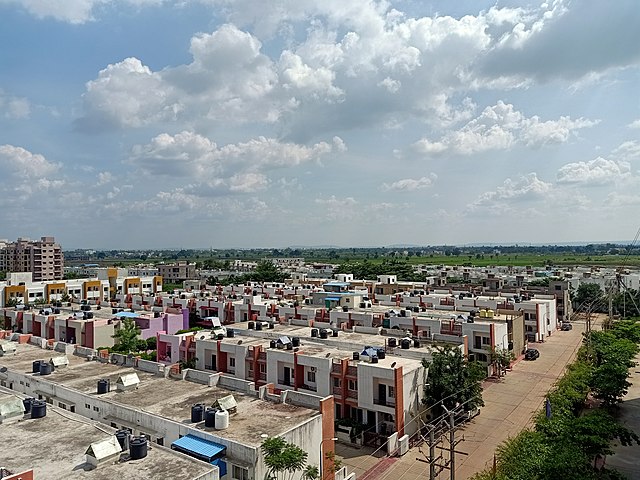
Accommodation

There are a number of hotels and lodges in Bhopal to cater to all sorts of travelers. Most of the hotels are clustered on Hamidia Road, in the Old city. One can find cheap, medium and high-end accommodation in the hotels across Bhopal. To savor the erstwhile glory of the Nawabs of Bhopal, one can check into the Noor-Us-Sabah Palace Hotel.
Excursions
With numerous tourist attractions lacing the historical city of Bhopal, it is a place definitely worth visiting. ‘The City of Lakes’, as it is called, was a stronghold of many dynasties. Most noteworthy, is the reign of some prominent ‘Begums’ of history. The governance of these erstwhile female monarchs ushered in an era of architecture that saw the inculcation of Islamic elements to its monuments. These ancient testimonials still resonate with bygone charm and induce many tourists to travel to the place. Include some of the most exotic locales nearby Bhopal in your itinerary and you sure cannot resist traveling to the place. Obtain more information on tourist attractions near Bhopal, which can be incorporated on excursion trips from the place.
Bhimbetka Caves
The invaluable Indian treasures, in the form of Bhimbetka Caves, are surrounded by the craggy terrains of the Vindhya mountainous ranges. Located 46 km south of Bhopal, these Neolithic caves preserve prehistoric paintings and murals that are almost 12,000 years old. These ancient cave paintings vividly portray the lives and everyday activities of primitive cave dwellers and also exhibit their narrative skills. More than 200 caves form a part of this cave-sanctuary and enchant many visitors with their prehistoric significance.
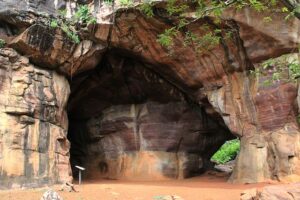
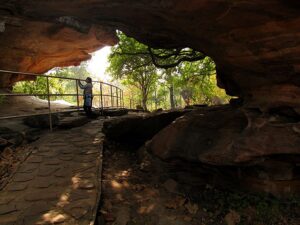

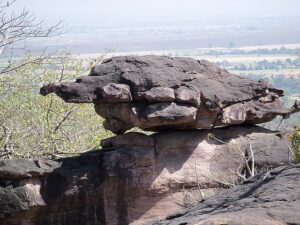
Sanchi
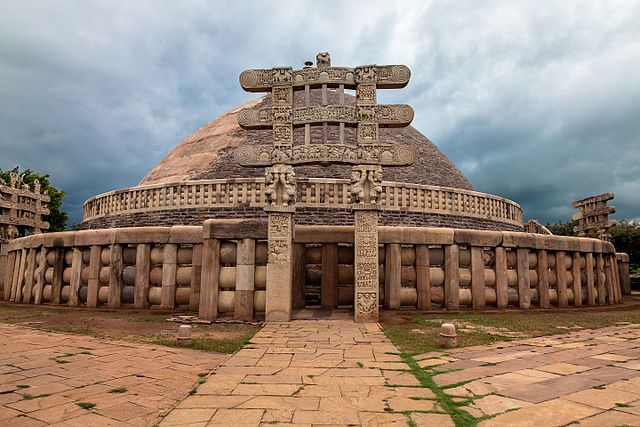
Sanchi is perched on a secluded hill, 46 km from Bhopal. Its clusters of stupas, chaityas and monasteries make it one of the most significant visitations of tourists from all corner of the globe. These stupas, constructed within 3rd century BC and 12th century AD, bequeath the place with a lot of historical and religious importance. On Buddha Purnima, Buddhists congregate here to celebrate the triple anniversary of Gautama Buddha’s birth, enlightenment and parinirvana.
Pachmarhi
Snuggled atop the Satpura Hills at 1,067 meters, the hill station of Pachmarhi is located about 195 km from Bhopal. Its serene backcloth, with emerald forest glades, jamun groves, cascading waterfalls, deep ravines and coppices of sal and bamboo, make it an ideal sanctuary for communing with the beauty of nature. The cave shelters in the Mahadeo Hills that house ancient rock paintings increase its popularity amongst tourists. A mountain ride to Pachmarhi is must, while you go for recreational trips around Bhopal.
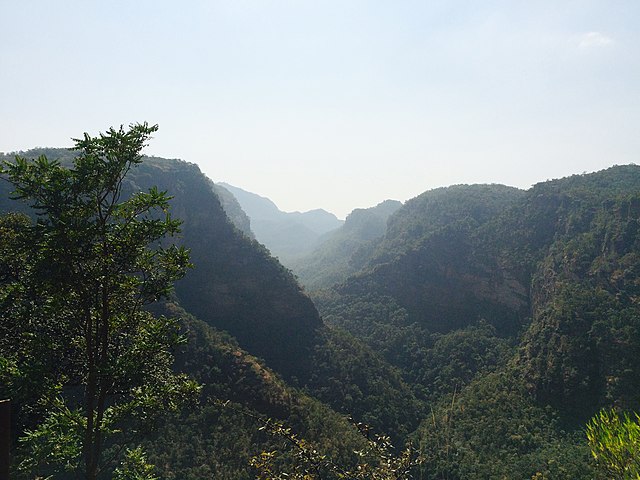
Udaigiri
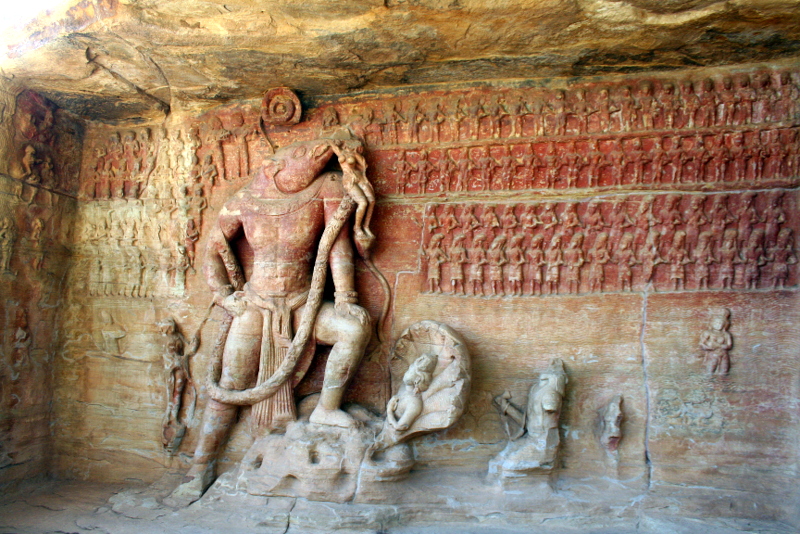
13 km from Sanchi and 5 km from Videsha is Udaigiri, famous for its rock-cut cave sanctuaries. There are many Hindu and Jain caves that run in succession here and impart the place its charm. You can find delicately carved images of Lord Vishnu here. It is believed that Buddhist monks used these caves as their abodes in 2 B.C. Built mainly during the reign of Chandragupta II, a visit to these ancient caverns, along with the Gupta temple perched on the summit of this hill, will help you understand the aesthetic dimensions of Gupta art and architecture.
Bhojpur
Bhojpur lies 28 km southeast of Bhopal and merits a visit. A brilliant example of Hindu temple architecture, the ancient ‘Bhojeshwar Temple’ was constructed in the later part of the 11th century and heightens the popularity of the place. A venerated shrine, the temple is dedicated to Lord Shiva and is referred to as the ‘Somnath of the East’. It enshrines a massive ‘lingam’, about 2.3 m high and 5.3 m in circumference. This time-defying monument stands in an incomplete state, but poses an inspiring sight, with its titanic pillars and unfinished dome.
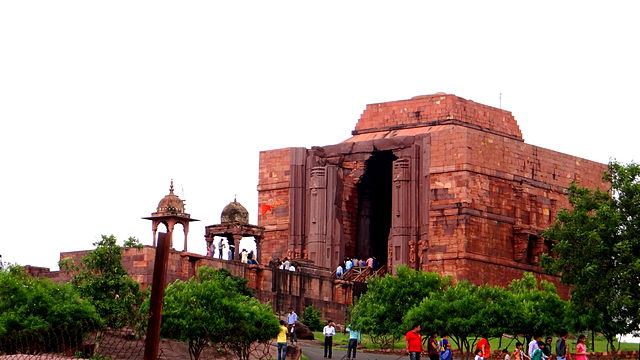
Shopping
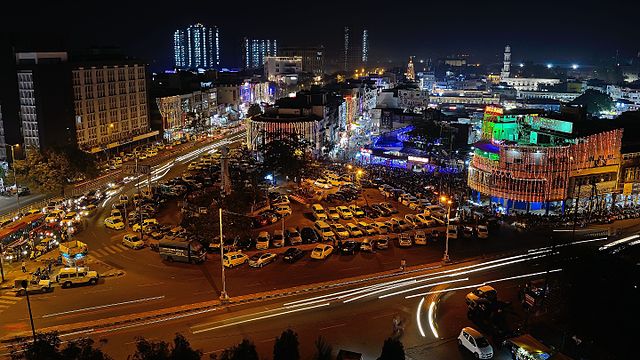
Bhopalis known for its fine craft markets that offer a number of articles to the souvenir hunter. One can find traditional craft products like silver jewelry, beadwork, embroidered velvet items and leather goods in Bhopal. The chowk area in the Old City is a good place for shopping for local handicrafts. Another important shopping area is located in the New Bhopal area called New market.
Historical Places
Bhopal has many mosques including Taj-ul-Masajid (one of the largest mosques in Asia), Dhai Seedi ki Masjid (one of the smallest mosques in Asia), Jama Masjid (built by Qudsia Begum in 1837) and Moti Masjid (built by Sikander Begum in 1860).
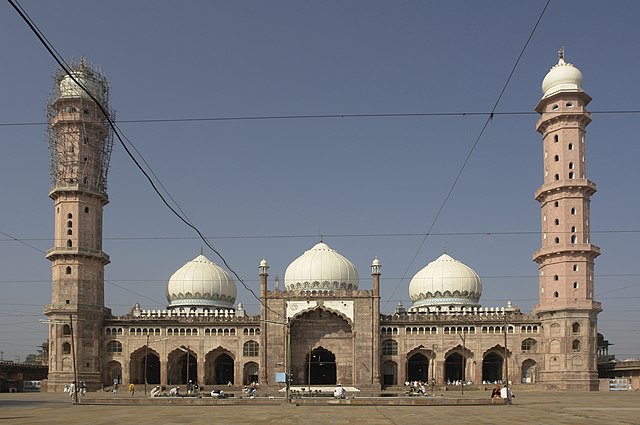
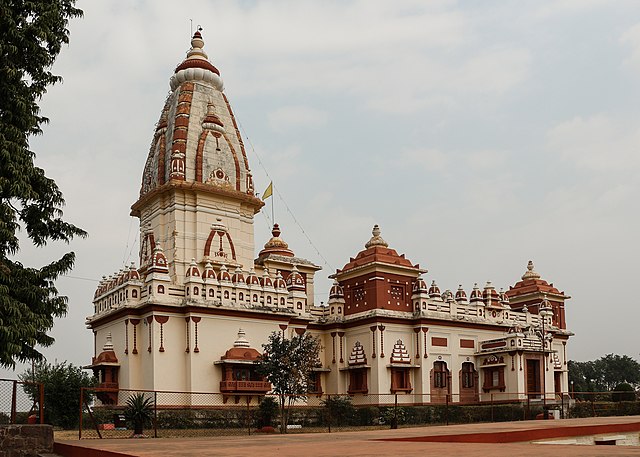
LakshmiNarayan Temple (or Birla Mandir), situated to the south of Lower Lake, is a temple devoted to Vishnu and his mythological consort Laxmi. An annual fair is held on Kartik Purnima at Manua Bhan Ki Tekri (Mahavir Giri), a Jain pilgrimage center located around seven kilometres away from Bhopal.
Some of the major historical buildings in Bhopal include Shaukat Mahal (a mixture of Indo-Islamic and European styles of architecture), Gohar Mahal (built by Qudsia Begum, fusion of Hindu and Mughal architecture), Sadar Manzil (used by the Begums for public audience, now used as the head office of the Municipal Corporation) and Purana Qila (part of the 300-year-old fort of Queen Kamalapati, situated in the Kamala Nehru Park).
Bharat Bhavan is the main cultural centre of the city and of the most important cultural centers of India. It has an art gallery, an open-air amphitheatre facing the Upper Lake, two other theatres and a tribal museum.
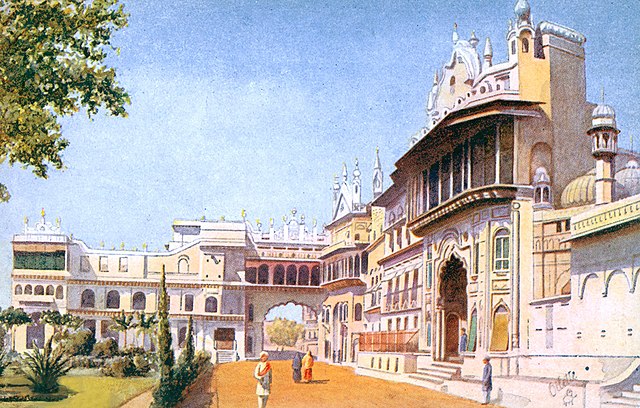
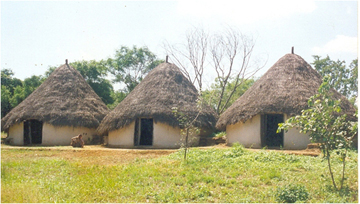
The Indira Gandhi Rashtriya Manav Sangrahalaya (IGRMS), an autonomous organization of Govt. of India, Ministry of Culture is dedicated to the depiction of story of mankind in time and space. The Sangrahalaya is involved in generating a new museum movement in India, with open, freewheeling, flexible plan, to demonstrate the simultaneous validity of human cultures and the pluriality of alternatives for human articulation. The innovative aspects of the Organisation are its open air and indoor exhibitions, built with active involvement of traditional artisans and experts drawn from different community groups, and the Education, Outreach and Salvage activities for revitalisatin of vanishing but valuable cultural traditions. The headquarters of the IGRMS is located in Bhopal (M.P.) while a regional centre is functioning from Heritage building Wellington House, Mysore (Karnataka). It showcases the tribal culture of various regions and various examples of tribal art and architecture. Every year in January/February, it hosts potters’ workshops, folk music and dance events and open-air plays. Tribals also demonstrate their skills in painting, weaving, and the fashioning of bell metal into works of art.
Popular holiday spots around Bhopal include Delawadi, a picturesque picnic spot and Islamnagar which was the palace of Bhopal’s Afghan rulers and was built by Dost Mohammed Khan. Located at around 40 km from Bhopal is Bhimbetka, a World Heritage Site which has one of the largest collections of pre-historic paintings and rocks, some of which date back more than 10,000 years. The Bhojeshwar or Shiva temple in Bhojpur holds great religious importance and is famous for a massive Shivalingam, which is the largest in India. Anglers can head about 10 kilometres from the city to Hathaikheda, which is a popular fishing zone. Sanchi, a site famous for Buddhist monuments and temples dating back several centuries is located at 50 km from the city.
The Udaygiri Caves, located near the town of Vidisha, are cut into the side at a sandstone hill, date back from A.D. 320 to 606. An inscription in one of these caves states that it was carved out during the reign of Chandragupta II (A.D. 382-401).
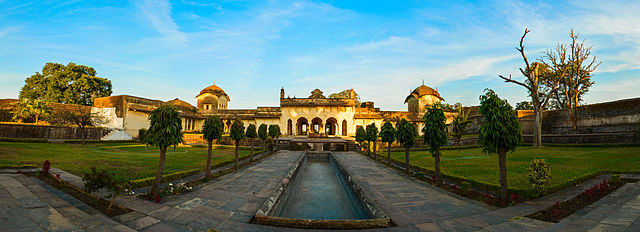
Places of interest
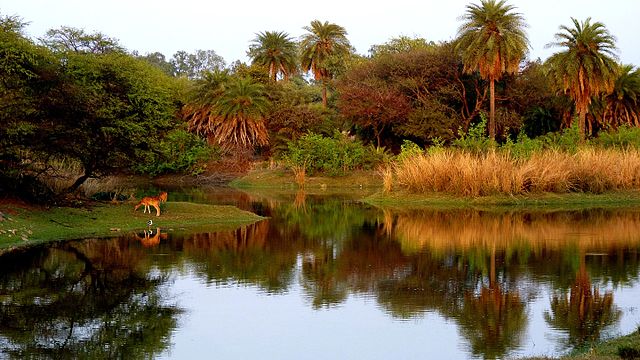
A few of the places of interest in Bhopal include:
UpperLake :The largest artificial lake in Asia.
LakeView :A stretch of road on the shore of the great or Upper Lake. It is a popular joint for people of all age groups, especially young. The road continues into Van Vihar National Park. The Boat Club is also located here and national level water sporting events are organized by the club.
Van Vihar National Park :A zoological park with the status of a national park, it is situated south of the Upper Lake.
New Market :A shopping and commercial zone in the city housing a number of eateries, restaurants, cloth shops and showrooms, bakeries, mobile stores etc.
Taj-ul-Masajid :It is one of the largest mosque in Asia and is also used as a madrasah
Aquarium Building
Bharat Bhawan
Lal Parade Ground:The independence day and republic day parade are held in this ground. It is also the venue of large gatherings.
Museumof Natural History
Manuabhan ki tekri :A Hindu and jain temple, situated on a hill cliff, this place is popular for the scenic views it offers of the city below. A rope-way has been installed and people also have the option to reach the spot on foot.
Libraries :A number of libraries are operational including the regional library and Swami Vivekanand Library (formerly British Library)
Festivals
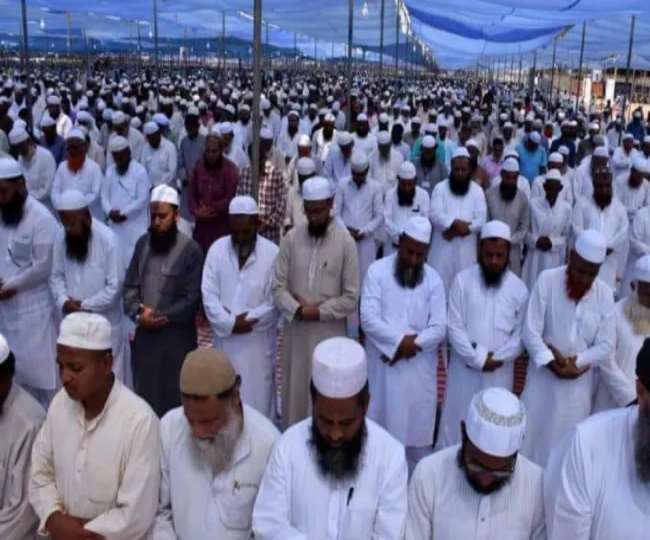
Diwali is celebrated with equal pomp and glory as Eid. Gifts and sweets are exchanged and donations are made to the poor. Diwali is celebrated by worshiping the wealth goddess Lakshmi. Later that night, firecrackers are burst in the open by young and old. Eid is special to the city as all the Hindus take time out to visit their Muslim friends and greet them and get treated with delicacies, the specialty of the day being sweet sewaiya.
Bhopali culture is such that both Hindus and Muslims visit each other on their respective festivals to greet and exchange sweets. During Ganesh puja and Durga Puja (Navratras), idols of Ganesh and Durga are established injhankis throughout the city. People throng to offer prayers to their deities. At the end of Navratras, on the day of Vijayadashami (or Dussehra), huge effigies of Ravan are burnt in different parts of the city. Some of them are organized by the local administration and stand as tall as 60 feet (18 m).
A three-day Iztima-Muslim dhaarmik sammelan or Muslim religious assembly (religious congregation) used to be held in the precincts of the Taj-ul-Masjid annually. It draws scores at Muslim pilgrims from all parts of India. It has now been shifted outside the city limits.
Maps
Will be updated soon.
How to reach Bhopal
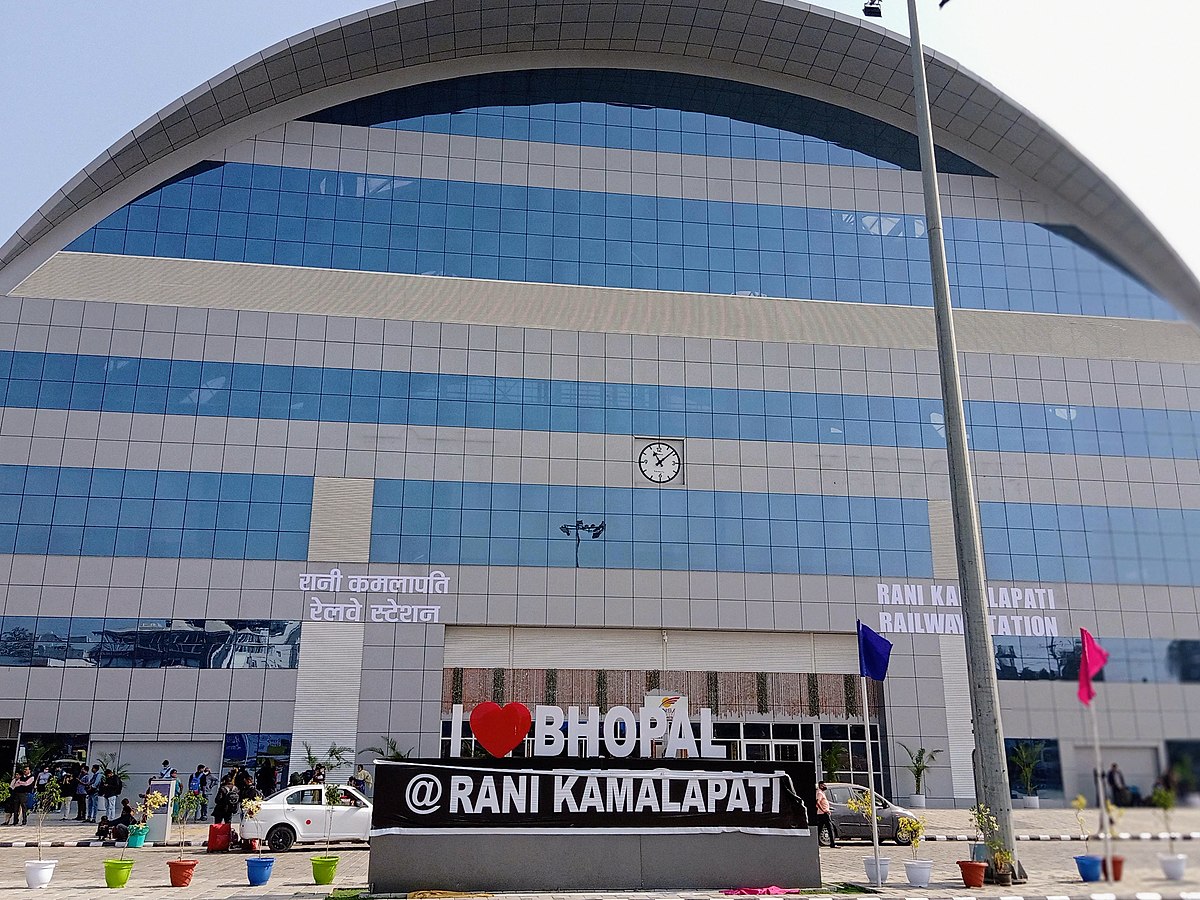
Bhopal is 741 km from Delhi, 789 km from Mumbai, and about 200 kms from Indore. Major Tourist attractions like Kanha, Ujjain and Sanchi are close by and well connected. Both railway station and bus stand are within easy reaching distance of the main hotel area along Hamidia road.
Air :- Bhopal is connected by regular Alliance Air flights to Mumbai, Indore, Delhi and Gwalior. Sahara Airlines connect Bhopal with Delhi, Guwahati, Goa, Indore and Lucknow. Airport is 25 km from the AIM.
Rail :- Bhopalis on one of the two main Delhi to Mumbai railway lines and also on the main line to the southern state capitals of Chennai, Hyderabad, Bangalore and Thiruvananthpuram. There are direct trains to Amritsar and Jammu Tawi and also to major towns in Madhya Pradesh.
Road :- There are extensive bus services (private and state) to cities within the region and interstate.
How to Reach us
Will be updated soon.
